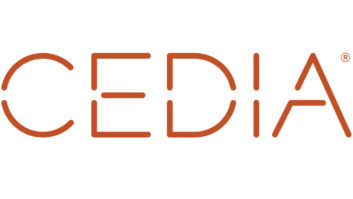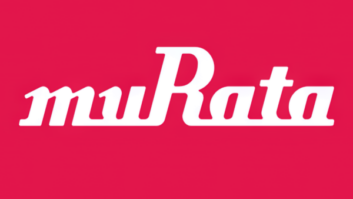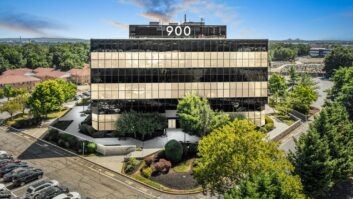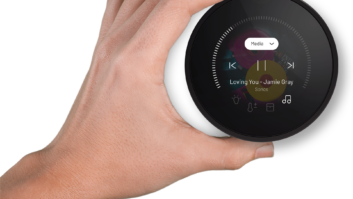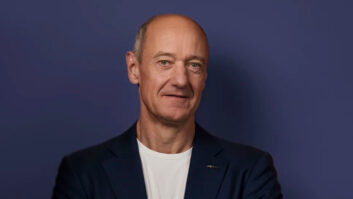Editor’s Note: Steve wrote this prior to the induction dinner last night.
A few weeks ago I received a phone call and emails from several people I first met in the 1980s congratulating me on being inducted into the Consumer Technology Association (CTA) Hall of Fame.
It took me down a nostalgic road which intensified when I got an email from John Laposky, our editor in chief. He requested I write a “personal reflection of your time in the industry.”
I jumped at the chance because I realized that before the festivities end this Wednesday at the Rainbow Room in Manhattan, I wanted to make sure I thanked the industry giants who I first met in the early and mid-1980s that were generous enough to help educate this reporter about the world of consumer electronics.
For people of a certain age in the CE industry business things usually begin and end with the legendary Jack Wayman, founder of CES and what is now CTA, so let’s start off with him.
Back in 1982 I became the editor of a quarterly supplement of a toy magazine covering children’s CE. I called him for an interview about the 1982 Summer CES and he told me to meet him at Tavern on the Green in Central Park an hour before the then traditional CES cocktail party to begin publicizing the show.
He could have brushed me off or had a staffer to do the interview just before a major event. Not only did he take the time to tell a young editor of a fledgling publication what CES was all about, Jack eventually gave me the confidence to think I might be able to cover this industry effectively.
A few years later I joined Home Furnishings Daily (HFD) and later TWICE, he was a trusted source and supporter of coverage our staffs did on both publications.
Speaking of the Rainbow Room it is located in what used to be called the “RCA Building,” and I immediately thought of the self-described “RCA man,” Joe Clayton.
An enthusiastic promoter of the RCA brand and its color TV line, Joe knew PR and he also knew and respected the role the press had in covering the business, when news was good, bad or indifferent. He not only shared info on his products and technology, but was willing to provide significant insights into the arcane world of CE retailing, and without realizing it, helped me get up to speed rather quickly in this fast-paced business. Over the years he was generous with his time and his insights, even when the story was not about RCA – or later on – Sirius or Dish.
Joe’s main color TV competitor at the time was Jerry McCarthy of Zenith (acquired by LG Electronics in 1999). Not as flamboyant as Joe, Jerry was the same type of straight-shooter. He promoted his line, but if Jerry trusted you he would share his retailing and industry savvy. And when asked about a possible news story – what some would call a rumor – he would either have no comment or speak clearly on the record, again just like Joe.
That legacy of straight talk, commenting on things you can discuss on the record, while imparting wisdom on the industry is still part of the LG Electronics’ DNA. John Taylor, who was on Zenith’s PR staff back in 1985 and set up my first interview with McCarthy, continues to share his expertise with the media, consumers and the industry via his work at LG and CTA.
Speaking of retail, when you first begin to cover CE you have to love it because of the magic the technology can provide. Understanding the joy it brings is easy. Trying to comprehend how it is sold at retail for a profit is still a conundrum. Why would you sell hot products with minimal margins? If you give up profits how is it possible to “make it up in volume”?
The mid-1980s was a Wild West era for CE retailing, even for this industry, with local and regional players building up their brands, trying to expand, and attempting to go public.
During March 1986, less than a year after I joined HFD, I went along with the legendary Manny Greenburg to cover the NATM Buying Group meeting at the Doral Country Club in Florida.
That’s where I first met in person Saul Gold, executive director of NATM, and Harry Elias, the longtime executive of JVC of America, and other industry luminaries.
This was the first public meeting since four of its largest members – after Best Buy, Circuit City, Silo and Rex TV left NATM to form their own group and eventually became publicly-held companies.
Saul, like all of the top buying group executives I have known over the years was always protective of his members and could be cranky and cantankerous if he thought a member of the press was not giving his group a fair shake.
But NATM, under Saul’s direction, was the first buying group to regularly invite the press to its annual meetings where he usually sat down with the press to talk about the industry. He also provided networking opportunities – usually at cocktail parties prior to dinners, during lunch or after a guest speaker – where the media could button-hole members and suppliers to find out the pulse of the industry.
Since that meeting until he retired from NATM years later he was always available to talk with me about issues facing the independent retailers and the industry in general.
As for Harry, he always high profile promoting JVC and the industry. Harry was in his element at any NATM meeting since he knew all of the retailers on a first name basis. And he usually knew more about their stores than they did sometimes.
How could he know more?
Harry regularly made unannounced trips to retail stores nationwide as a consumer, not only to see how JVC products were being displayed and sold, but how the stores looked, how store traffic was and if the salespeople in the store were effective or not. He not only shared the info with his retail customers, Harry usually shared some of the insights, if I asked, about specific industry trends, changes with certain retailers and other news.
Harry’s practice of visiting retail stores was a reminder to me, and the staffs of HFD and later TWICE, that if the executive VP of JVC had the time to visit retail stores to see what’s going, we should too.
And Harry preached for years two main points that over and over proved to be correct: 1. Retailers should sell products profitably because, like Saul always said, you can’t live on sales volume alone; and 2. Retailers should avoid going public because “Wall Street will force you to expand, whether you like it or not,” and overexpansion will usually kill a retail chain.
The least glamorous of all CE product categories has to be accessories. In the mid-1980s any reporter joining a CE trade or consumer publication would want to cover categories like color TV, VCRs, camcorders, CD players and home audio systems. Certainly not head cleaners, cases, audio/video cables and the like.
Ironically it was and is accessories that carry the most margin for retailers and their sales are vital when selling hardware products, back in the 1980s and even today.
The Pied Piper of the CE accessories business was the late Bob Borchardt, president of Recoton Corp., a company founded by his father in the late 1930s when it sold phonograph record needles.
In my first couple of meetings with Bob I could feel he was trying to judge how interested I was in covering accessories. After the first interview or two Bob began to share a wealth of inside industry knowledge about technology, retailers, suppliers, sales trends and so much more.
If you notice all of these luminaries I mention in this column they are CTA Hall of Famers, except for John Taylor, who based on his career is a shoe-in for the honor eventually.
They were and are generous with their time and expertise which are without question Hall of Fame qualities. Without their support and help of them, and so many more industry executives I have had the pleasure to meet and work with over the years, I would not be being honored on Wednesday. My sincere thanks to all of them.
Steve Smith is editor at large of TWICE and was its longtime editor in chief.





